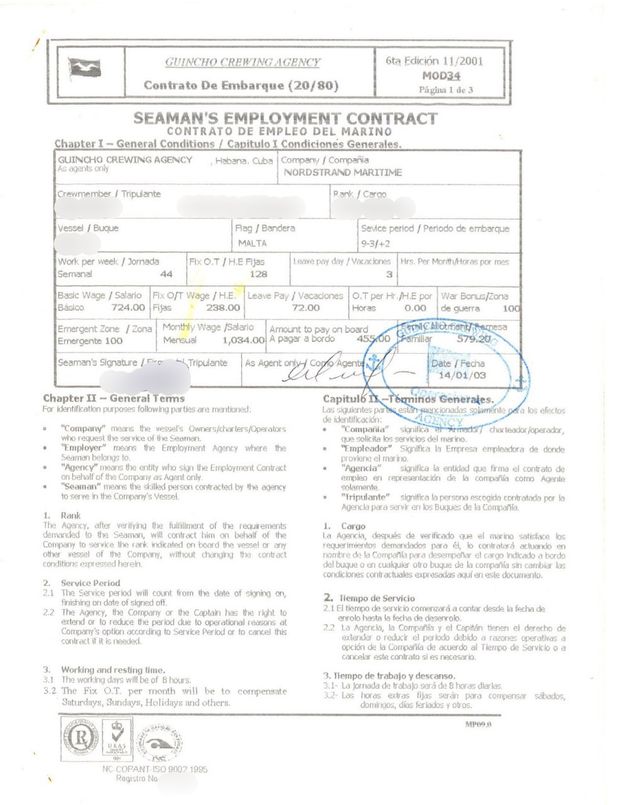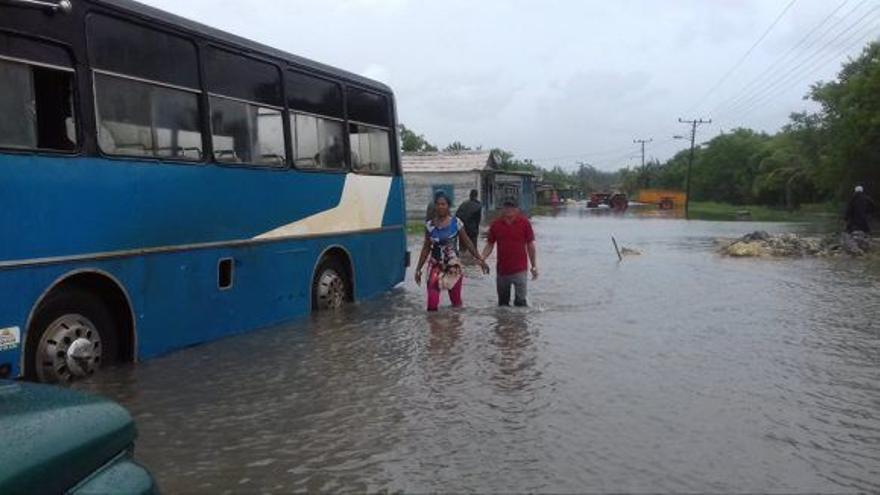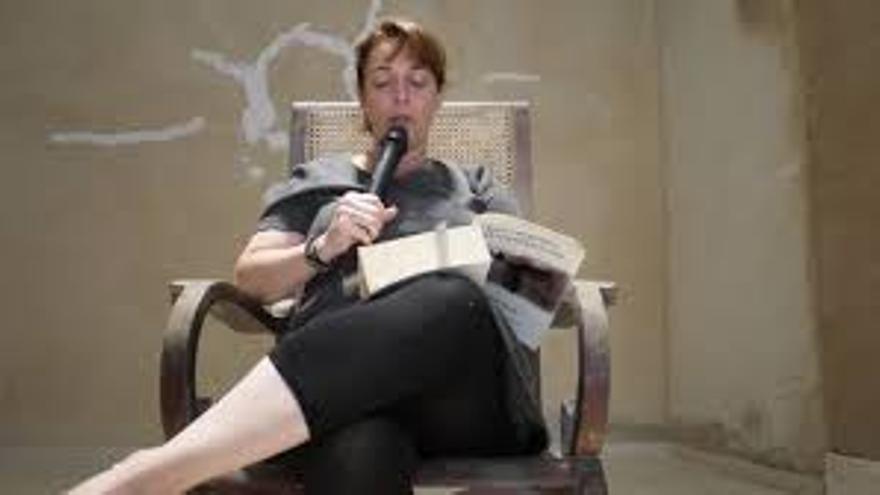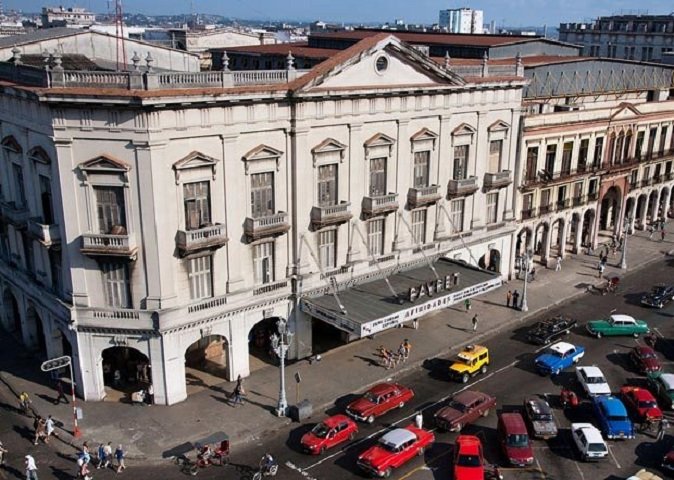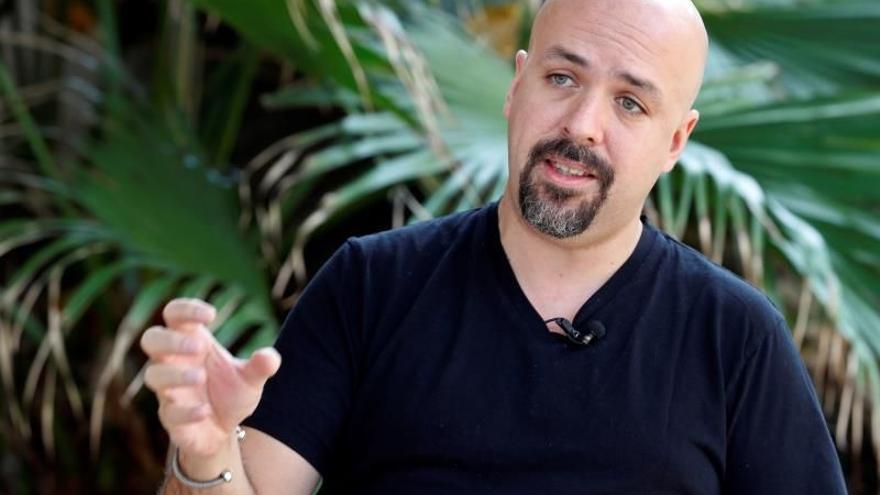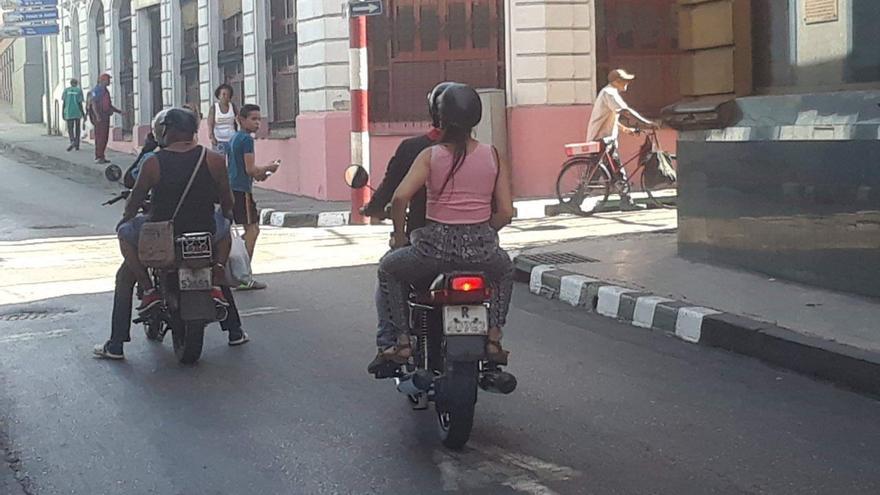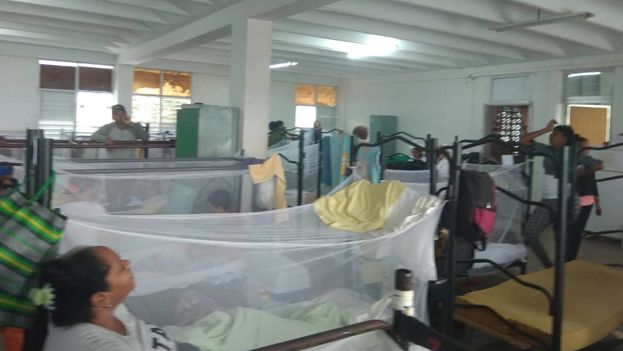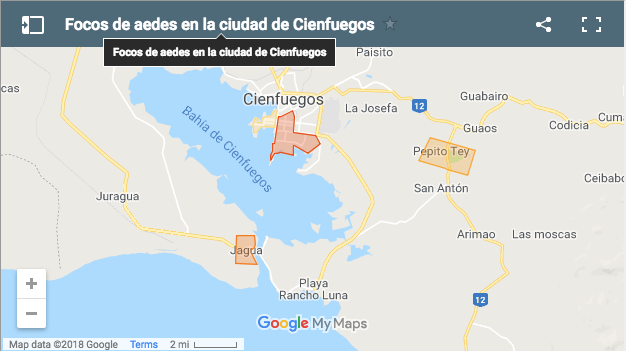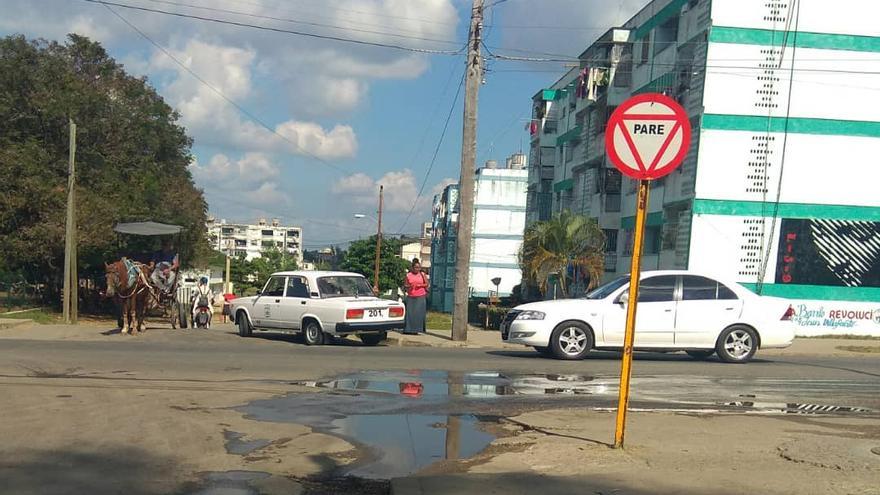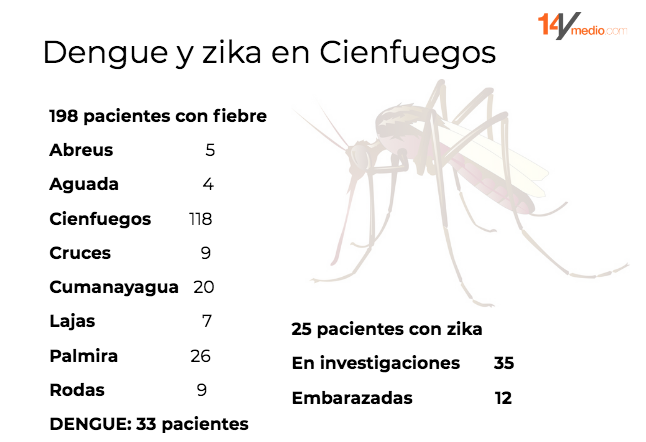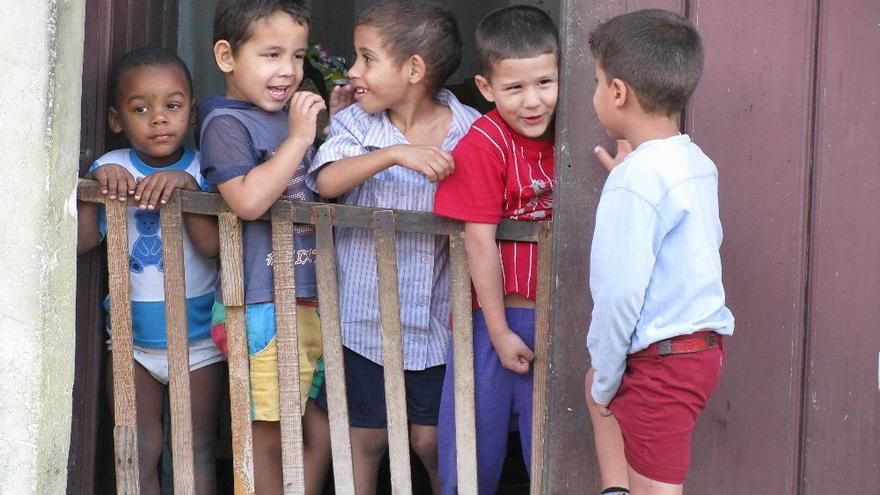
![]() 14ymedio, Guillermo Cortés Dominguez, Managua, Nicaragua | December 25, 2018 — For the dictatorship, Miguel Mora became a “stone in the shoe.” For that they treated him mercilessly: high-profile smear campaign, stealing television cameras, beating reporters, intimidations, harassment, and threats against him, his wife, journalists, and other workers, as well as visitors to 100% Noticias, a violent raid of the media outlet, destruction of equipment, his kidnapping, that of his wife Verónica, his colleague Lucía Pineda, and four other employees, confiscation of the channel, the closing with zinc — like a tombstone — of its facade, the transport to El Chipotle and in less than ten hours to a court dressed in the blue of prisoners.
14ymedio, Guillermo Cortés Dominguez, Managua, Nicaragua | December 25, 2018 — For the dictatorship, Miguel Mora became a “stone in the shoe.” For that they treated him mercilessly: high-profile smear campaign, stealing television cameras, beating reporters, intimidations, harassment, and threats against him, his wife, journalists, and other workers, as well as visitors to 100% Noticias, a violent raid of the media outlet, destruction of equipment, his kidnapping, that of his wife Verónica, his colleague Lucía Pineda, and four other employees, confiscation of the channel, the closing with zinc — like a tombstone — of its facade, the transport to El Chipotle and in less than ten hours to a court dressed in the blue of prisoners.
An aggravating circumstance for such malice is that for years the regime perceived him as “pro-government,” given that he was an activist for the FSLN party and he carried the agenda of the Government to 100% Noticias. They considered him one of their own, despite his lack of “discipline,” since he also reported events that from the perspective of Nicaragua’s First Lady Rosario Murillo, only done by “contaminated” media outlets. continue reading
For years, Mora distinguished himself by his pluralism, since on the channel there were non-“Orteguista” programs like “Jaime Arellano en la Nación” and “Café con Voz;” and on “IV Poder” critics of the regime were invited for debates. The complete dissidence, the spectacular “somersault” of 100% Noticias bumped into the beginning of the social explosion of April, the attack on a journalistic team, and the theft of a valuable TV camera, and later the press censorship for refusing an order of the regime not to report on the rebellion. Then its owner transformed the programming, and the outlet turned into the voice of the peaceful insurrection of the Nicaraguan people.
The channel dyed itself blue and white and its audiences, in an amazing manner, multiplied by the millions inside and outside of the country. Six months later the marches ceased due to the increase of the repression, but they continued daily on 100% Noticias, whose images of those oceans of flags of the homeland fed us and encouraged us.
For the Ortega-Murillo family this outlet became dangerous because it belligerently spread the popular fight and showed the abuses of the dictatorship. Going against national and international laws and the high cost it signified, now they silenced it, although not on social media.
In parallel to his political conversion that went along with concrete aspirations, like being President of the Republic, Mora experienced another one, spiritual, to the point of extremity, since he, his wife, and his Chief of Press daily showed themselves not only as devout Christians, but also as religious fundamentalists. He even made appearances on his outlet, as if he were an evangelical preacher. This is from his private reserve, but to bring it to 100% Noticias gave it a public connotation.
It was so cool that perhaps it was December that night, at a house where there was a party in one of the alleys of the Centroamérica neighborhood. A group of journalists was outside, on the sidewalk, passionately arguing — as often happens among colleagues — about the aspects of professional practice, when a “bold” youngster interfered in the chat and began “to spit in the circle.” We weren’t geniuses, but we were already established in journalism, and he intervened with audacity. It was Miguel Mora.
Later he made a brilliant career, graduated, began to work, was left so impressed with Ted Turner’s idea (CNN) to offer news 24 hours a day, that he proposed to do something similar, first creating a program and later realizing his idea, briefly interrupted by a fire in the location from which, paradoxically, through the economic help of persons from different political and economic sectors, he emerged strengthened.
Several times Miguel Mora invited me to his IV Poder Original, with Adolfo Pastrán, Xavier Reyes, and William Grigsby, the latter of whom insulted me verbally because he didn’t know how to debate. Strangely I remained calm and he got out of control. Miguel couldn’t do much to stop him, as it was his place to do as host. El Chele is a magnificent analyst, also an “Orteguista-Murillista” on short-circuit, who has broken with them several times, but who always returns to the fold. Mora also had differences with the power and the party and a lucrative state publisher even suspended him, but he knew how to sort it out.
With the imprisonment of Miguel Mora and the ultra fast political trial that they are already putting together; and the closure of the 100% Noticias channel, the citizenry suffers a strong loss, the absence of a daily companion that we are already missing a lot, and national journalism has received a stab wound from which much blood is flowing, which has left us stunned and several days later, we still haven’t gotten over the stupefaction and the pain of this hook to the kidney that sent us for a moment to the mat and from which we are sitting up with a grimace of pain and trembling in the legs.
High up on the front part of the building across from the old Military hospital is a sign for 100% Noticias, but the bigger, the more visible, the one that stands out, is one with enormous uppercase characters that says “JEHOVAH,” which gives the appearance that the place is an evangelical church and not a television channel.
Perhaps the religious ideas of Mora — that don’t combine at all with his political ambition nor with the professional practice of journalism — give him strength and hope to resist the rigors of prison, although what is most important is that a whole people accompanies him morally and that the international community of journalists, communicators, and defenders of human rights have made a cry to heaven about the barbarous repression against him and his TV channel. His freedom will depend on the reactivation of the peaceful resistance of the people.
Translated by: Sheilagh Carey
______________________
Editors’ note: This text has been published by the Nicaraguan digital outlet Confidencial, which has authorized us to reproduce it.
The 14ymedio team is committed to serious journalism that reflects the reality of deep Cuba. Thank you for joining us on this long road. We invite you to continue supporting us, but this time by becoming a member of 14ymedio. Together we can continue to transform journalism in Cuba.


